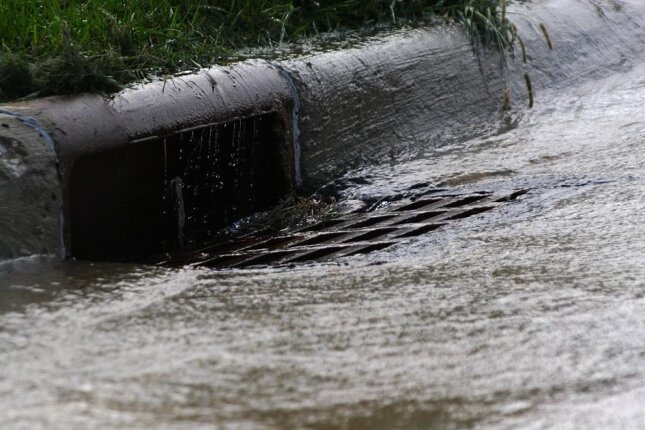Lahore – The rain that floods Lahore’s streets every monsoon could be a lifeline for the city’s sinking groundwater reserves — but without proper storage, millions of gallons are wasted each year.
Lahore currently extracts between 70 and 80 million gallons of groundwater daily. WASA runs 600 tubewells, while thousands more are privately operated. Despite a new underground tank initiative by WASA, specialists say the project is too small compared to the scale of the crisis.
Dr. Muhammad Yasin, a water resources expert at the University of Punjab, warns that the city’s underground water level is dropping by 1 to 1.5 meters every year. “If we extract a bucket from the ground, we should put a bucket back,” he said, explaining how recharge wells can help. These wells filter rainwater through stone, charcoal, and sand, letting it seep into the ground to restore aquifers and control flooding.
WWF-Pakistan has already built 35 such wells across Lahore. “Rain harvesting is not just a technique — it’s a way to revive the earth’s breathing,” said WWF Director of Freshwater Sohail Ali Naqvi.
WASA Managing Director Ghufran Ahmed revealed that three underground tanks — at Lawrence Road, Kashmir Road, and Sheranwala Gate — are already in operation, storing 4.4 million gallons. Ten more are under construction, including at Gaddafi Stadium (4 million gallons) and Tajpura B Block (3.2 million gallons), with capacities between 1.5 and 1.8 million gallons for the rest. When complete, Lahore will have 13 tanks able to hold 24.2 million gallons of rainwater.
Experts say such projects must expand rapidly to prevent Lahore from running dry in the coming decades.



